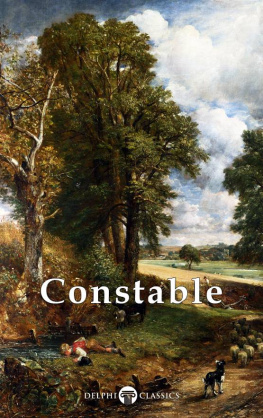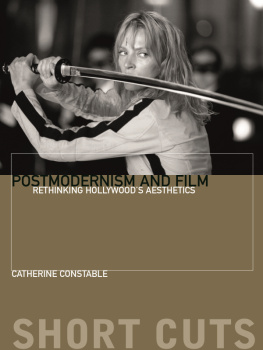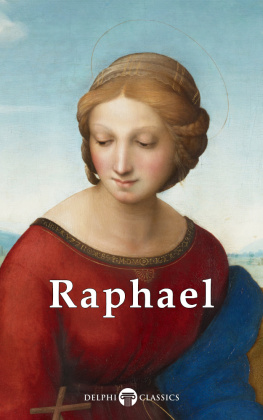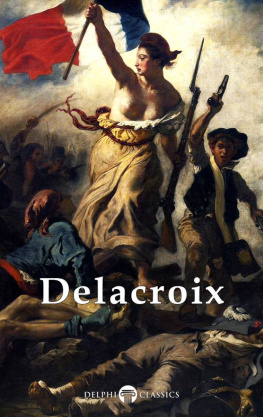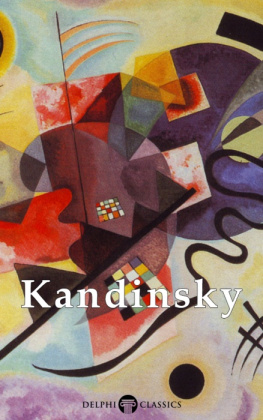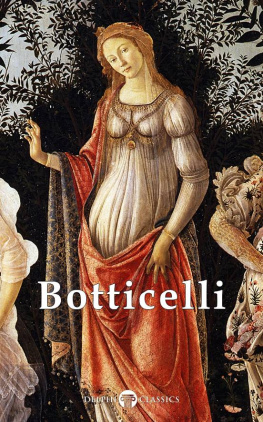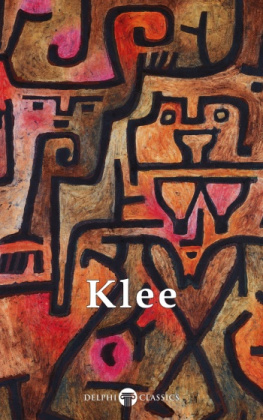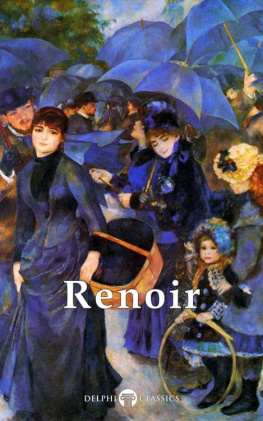

John Constable
(1776-1837)

Contents

Delphi Classics 2015
Version 1

Masters of Art Series
John Constable

By Delphi Classics, 2015
COPYRIGHT
Masters of Art - John Constable
First published in the United Kingdom in 2015 by Delphi Classics.
Delphi Classics, 2015.
All rights reserved. No part of this publication may be reproduced, stored in a retrieval system, or transmitted, in any form or by any means, without the prior permission in writing of the publisher, nor be otherwise circulated in any form other than that in which it is published.
Delphi Classics
is an imprint of
Delphi Publishing Ltd
Hastings, East Sussex
United Kingdom
Contact: sales@delphiclassics.com
www.delphiclassics.com
The Highlights

Constables birthplace, East Bergholt, Suffolk, as painted by the artist the house no longer stands

East Bergholt today

Plaque marking the site of the birthplace

Constables father Golding Constable was a wealthy corn merchant, owner of Flatford Mill in East Bergholt and, later, Dedham Mill in Essex. He owned a small ship, The Telegraph, which he moored at Mistley on the Stour estuary, which he used to transport corn to London.

Constables mother Ann (Watts) Constable

Self-Portrait, 1806

John Constable by Daniel Gardner, 1796
THE HIGHLIGHTS

In this section, a sample of Constables most celebrated works is provided, with concise introductions, special detail reproductions and additional biographical images.
DEDHAM VALE

John Constable was born in East Bergholt, a village on the River Stour in Suffolk, to Golding Constable, a wealthy corn merchant and Ann (Watts) Constable. After a brief period at a boarding school in Lavenham, he was enrolled in a day school in Dedham. Constable worked in the corn business after leaving school, but his younger brother Abram eventually took over the running of the mills. In his youth, Constable embarked on amateur sketching trips in the surrounding Suffolk and Essex countryside, which in later years would inspire the majority of the subject matter of his canvases. At this time, he was introduced to George Beaumont, an art collector that showed the aspiring artist, amongst his many other treasures, his prized painting Hagar and the Angel by Claude Lorrain, which would have a profound influence on Constable.
In 1799, Constable persuaded his father to let him pursue a career in art and Golding granted him a small allowance. Entering the Royal Academy Schools as a probationer, he attended life classes and anatomical dissections, as well as studying and copying old masters. Among works that particularly inspired him during this period were the landscapes of Thomas Gainsborough, Claude Lorrain, Peter Paul Rubens, Annibale Carracci and Jacob van Ruisdael. By 1803, Constable was exhibiting his own works at the Royal Academy. His early style had many qualities associated with his mature work, including a freshness of light, colour and touch, revealing the compositional influence of the old masters he had studied, notably of Claude Lorrain. However, Constables usual choice of subjects scenes of ordinary daily life were unfashionable in an age that looked for more romantic visions of wild landscapes and ruins.
Completed in 1802, the following plate, Dedham Vale , presents a view of the countryside in an area around the River Stour between Manningtree and Smallbridge Farm in Essex a scene familiar to Constable from his boyhood days. The area has been known since the artists lifetime as Constable Country, as it was made famous by the subsequent paintings that would be produced by the artist. Now housed in the Victoria and Albert Museum in London, the oil painting was created at pivotal point in Constables career, when he famously announced to friends and fellow artists: I now vow to become a natural painter, striving to produce a pure and unaffected view of nature.
Constable was determined to replicate the most faithful rendering of nature possible, spending hours in the outdoors in front of his landscapes, sketching in the fields, prior to working them up into oil. At the time of the paintings completion, landscapes were predominantly formed of brown tonal colouring, so when it was first exhibited, the luscious tones of greens was greeted with surprise by some viewers. Dedham Vale is depicted with an elevated view, looking east across the valley. In the distance, we can glimpse the beautiful church and the estuary, with a view out to the sea. However, in spite of the young artists claim to be a natural painter, the canvas is not without its classical inspiration. Constables beloved Claude painting, Hagar and the Angel , shares many of the same compositional features as Dedham Vale , revealing the artists early influences from his classical studies.


Detail

Detail

Detail

Detail

Next page
